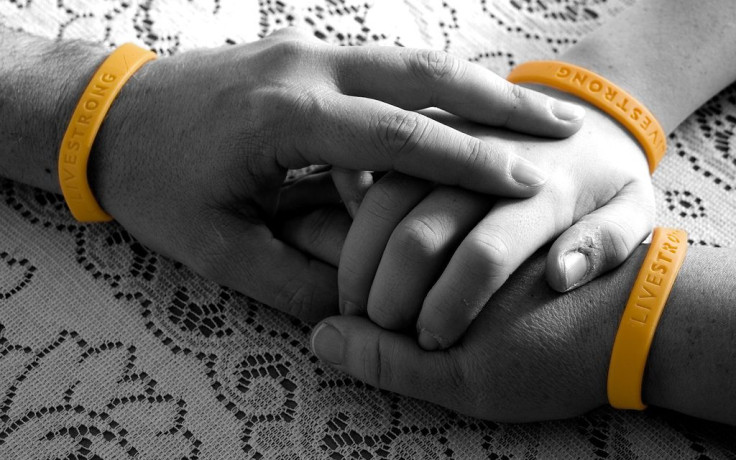These 8 Signs Of Impending Death Should Help Cancer Patients' Families Make Important Treatment Decisions

Cancer does not just happen to individuals, it happens to families. A new study from The University of Texas MD Anderson Cancer Center is intended to help doctors communicate with patients and their loved ones and help them better prepare for a final end. Researchers found there are eight signs of imminent death specific to cancer patients: nonreactive pupils; little response to verbal stimuli; little response to visual stimuli; inability to close eyelids; overly extended neck; grunting; drooping of the nasolabial fold; and upper gastrointestinal bleeding.
Cancer is commonly divided into four stages, with subcategories for each. At each stage, many doctors will give patients a prognostication of their chances at recovery. However, as cancer progresses, death may become more certain, and predicting when a patient will absolutely end life is not very exact. According to Dr. David Hui, assistant professor, Palliative Care and Rehabilitation Medicine, past research into when patients enter the final days has been minimal. Knowing with great certainty that death is imminent would not only aid doctors when offering care, it would also help families and caregivers to make the difficult personal decisions that must be addressed when someone dies.
“When cancer patients reach the last days of life, this is an extremely emotional time for families,” said Hui, noting their stress levels could not be overstated. “For clinicians, having this information could help reassure families that we are providing the best care possible.”
In previous research, Hui and his colleagues identified 52 physical and cognitive signs of nearing death. For the current study, then, Hui and his colleagues at both MD Anderson and Barretos Cancer Hospital (a sister institution in Brazil) observed 357 cancer patients admitted to palliative care units. Of these patients, more than half — 57 percent — ultimately died. Systematically, the researchers observed the 52 identified signs of nearing death twice a day from the patient's admission to either discharge or death. Of those 52 signs, the researchers identified the eight most highly associated with impending death within three days.
Hui says this study shows how very simple observations can help make a very important diagnosis. He plans future studies to look at the reliability of these signs and to evaluate this research in other countries as well as in the hospice setting. However, he takes pain to emphasize these findings represent imminent cancer death only, and so they should not be generalized to other causes of death.
"In the past, studies trying to understand the signs associated with impending death were conducted in people who were recognized as dying," Hui noted. "With our study, we observed a list of signs in patients from the time they were admitted to the palliative care unit. They were observed systematically, twice a day, without knowing if the patient would die or be discharged." This lack of bias from the start, Hui explained, suggests the current study is more credible.
Source: Hui D, Bruera E, Bansal S, et al. Cancer. 2015.



























